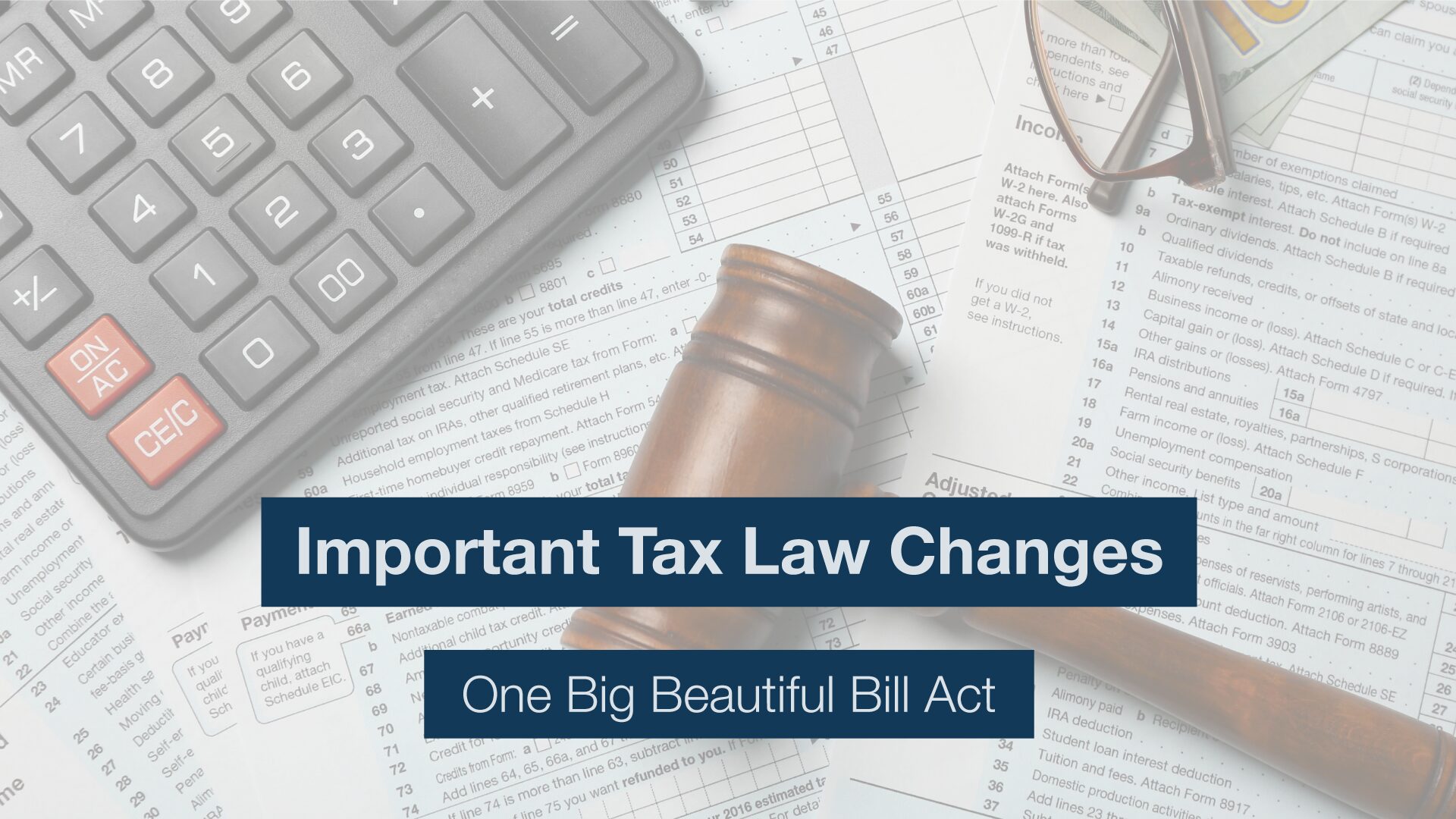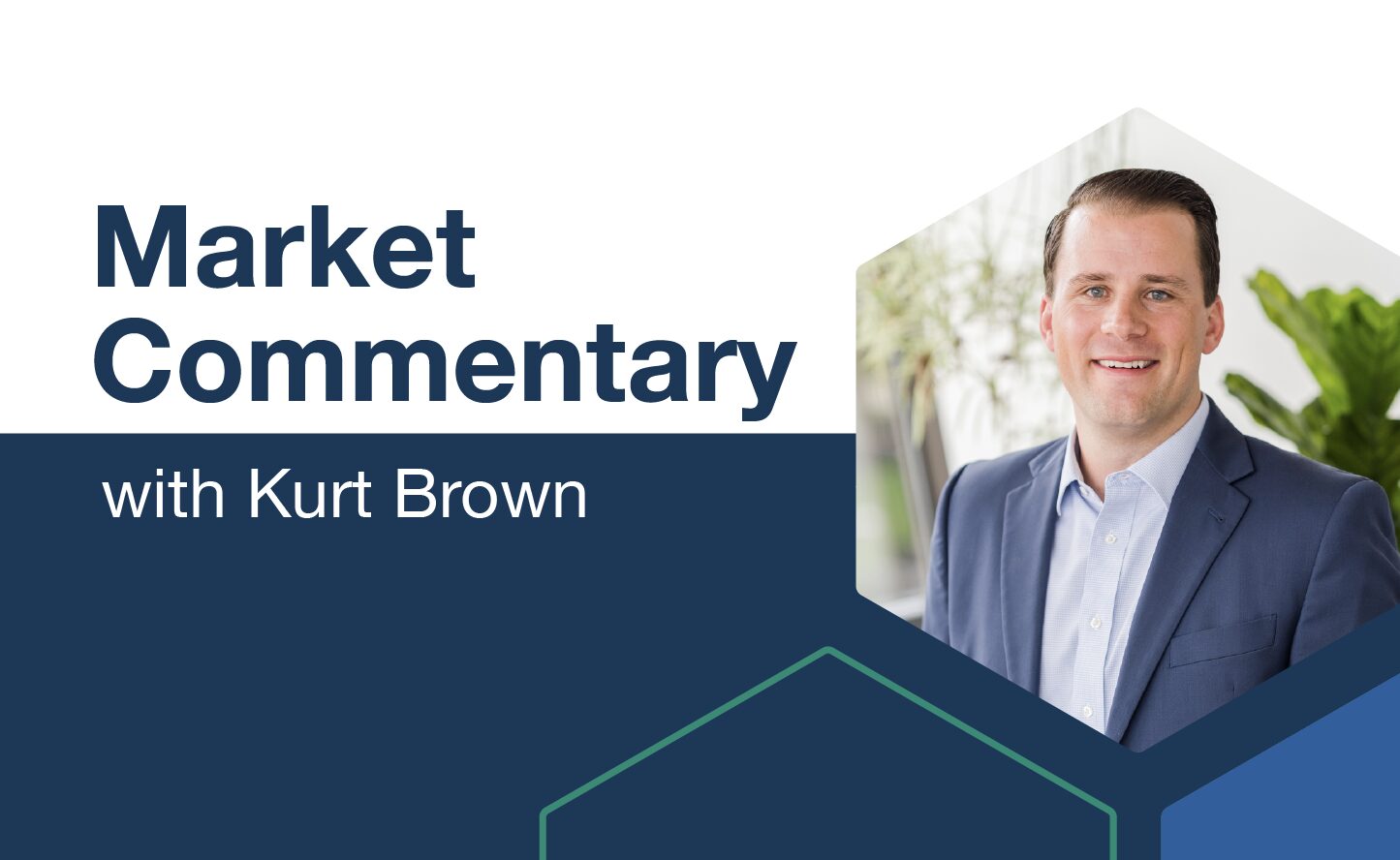April 2015 Financial Markets Summary
“Price is what you pay. Value is what you get.” This quote from legendary investor Ben Graham (and popularized by Warren Buffet) serves to remind us that price alone is not the path to successful investing. For example, Amazon’s stock price is up more than 450% since the pre-dot.com bubble in 2000. But its revenues per share have grown more than 3,700%. As a result, Amazon is a better value than the average retailer, because it is not impeded by bricks-and-mortar locations. Or consider J.C. Penney, a company whose stock price is essentially unchanged since 2000 and is close to an 8-year low. In 2000, it was a leading retailer, with thousands of store locations. It currently has almost no net income, and is continuing to close stores and try to find a way to survive in a cutthroat industry. Which is a better price? Which is a better value? Value is ultimately much more important than price, even though it may take a while for the value to be realized.
Value can also be viewed in larger dimensions. By the end of 2014, many investors were selling their international stocks to buy domestic large cap stocks. The perceived value following an 11% return was too much of a temptation. As is often the case, however, those unloved international stocks have done well relative to U.S. stocks in the first quarter of 2015. Individually, German stocks are up 8%, Japan 9%, and Italy 7%. Canada, because of its dependence on energy companies, is down 6%. Thinking of value, try to comprehend the Israeli stock market’s gain of more than 8% year to-date. There is no question that some of this about-face performance is due to the impact of a higher dollar on U.S.-based multi-national companies. Their earnings are being hurt, and it gives foreign-based multi-nationals an advantage. “Price is what you pay. Value is what you get.”
Certainly every economist, market analyst, and commentator has weighed in on the future of higher interest rates. We have heard them all: The Fed will raise rates in June, or September, or December, or next year. The Fed cannot raise rates. Bonds will crash if rates go up. The stock market will crash if rates go up. Higher rates will cause a recession. The housing market cannot withstand higher rates. You name it, the predictions and the dire consequences have been recorded. Our view is that the Fed is likely to increase the Federal Funds rate (the only thing they actually control) by 0.25% sometime this year, and they will watch carefully what transpires. While inflation is lower than the Fed’s 2% target for higher rates, the unemployment target of 6% has been met (the official number is now under 5.5%). We remain cautious with our bond view, emphasizing relatively short average maturities. Flexibility is important, but it seems very unlikely a recession or housing market crash is likely to occur in the near term. Values here are difficult to discern.
The numbers below reflect the above points and emphasize the value of diversification and the value of patience. As always, we remind investors to protect the money you might need to take from your portfolio over the next 3-5 years by keeping it in cash, CDs, or short-maturity bonds. And remember that today’s headlines and tomorrow’s reality are seldom the same. This is something to keep in mind as you are inundated with predictions of foreboding and gloom.
| Asset Index Category | Category | Category | Category | 10-Year |
| 2015 To-Date | 3 Months | 2014 | Average | |
| Dow Jones Industrials – Large Cos | -0.2% | -0.2% | 7.5% | 5.4% |
| S&P 500 Index – Large Companies | 0.4% | 0.4% | 11.3% | 5.7% |
| S&P 400 Index – Mid-Size Companies | 4.9% | 4.9% | 8.2% | 8.7% |
| Russell 2000 Index – Small Companies | 4.0% | 4.0% | 3.5% | 7.4% |
| MSCI EAFE Index – Developed Intl. | 4.9% | 4.9% | -4.9% | 5.0% |
| MSCI EM Index – Emerging Markets | 1.9% | 1.9% | -4.6% | 5.8% |
| Short-Term Domestic Bonds | 0.8% | 0.8% | 1.1% | 3.1% |
| Multi-Sector Bonds | 1.4% | 1.4% | 5.1% | 5.9% |
| Global Bonds | -0.5% | -0.5% | 1.7% | 4.2% |
| Morningstar Commodity Index | -6.0% | -6.0% | -24.4% | -0.6% |
| Dow Jones U.S. Real Estate | 4.7% | 4.7% | 27.7% | 8.3% |
| World Allocation Global stocks, bonds, commodities | 1.8% | 1.8% | 1.5% | 5.8% |
Please remember that past performance may not be indicative of future results. Different types of investments involve varying degrees of risk, and there can be no assurance that any specific investment, strategy, or product or any non-investment related content, made reference to directly or indirectly in this newsletter, will be suitable for your individual situation, or prove successful. This material is distributed by PDS Planning, Inc. and is for information purposes only. Although information has been obtained from and is based upon sources PDS Planning believes to be reliable, we do not guarantee its accuracy. It is provided with the understanding that no fiduciary relationship exists because of this report. Opinions expressed in this report are not necessarily the opinions of PDS Planning and are subject to change without notice. PDS Planning assumes no liability for the interpretation or use of this report. Consultation with a qualified investment advisor is recommended prior to executing any investment strategy. No portion of this publication should be construed as legal or accounting advice. If you are a client of PDS Planning, please remember to contact PDS Planning, Inc., in writing, if there are any changes in your personal/financial situation or investment objectives. All rights reserved.



